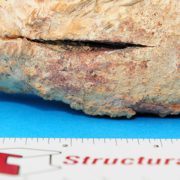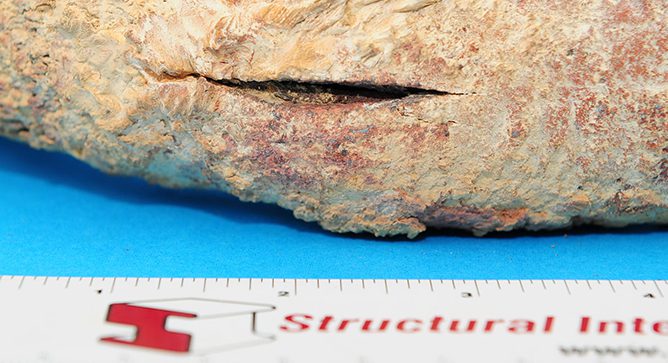News & Views, Volume 47 | Metallurgical Lab Case Study: Corrosion Fatigue in WaterWall Tubes Increasingly A Safety Concern as Coal Plants Cycle
By: Ben Ruchte
It is well known that conventional coal-fired utility boilers are cycling more today than they ever have. As these units have shifted to more of an ‘on-call’ demand they experience many more cycles (start-ups and shutdowns, and/or significant load swings) making other damage mechanisms such as fatigue or other related mechanisms a concern.
The most recent short-term energy outlook provided by the U.S. Energy Information Administration (EIA) indicates the share of electricity generation from coal will average 25% in 2019 and 23% in 2020, down from 27% in 2018. While the industry shifts towards new construction of flexible operating units, some of the safety issues that have been prevalent in the past are fading from memory. The inherent risks of aging seam-welded failures and waterwall tube cold-side corrosion fatigue failures are a case in point. It is well known that conventional coal-fired utility boilers are cycling more today than they ever have. As these units have shifted to more of an ‘on-call’ demand they experience many more cycles (start-ups and shutdowns, and/or significant load swings) making other damage mechanisms such as fatigue or other related mechanisms a concern. The following case study highlights this point by investigating a cold-side waterwall failure that experienced Corrosion Fatigue. While this failure did not lead to any injuries, it must be stressed that the potential for injuries is significant if the failure occurs on the cold-side of the tubes (towards the furnace wall).

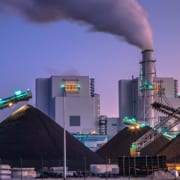
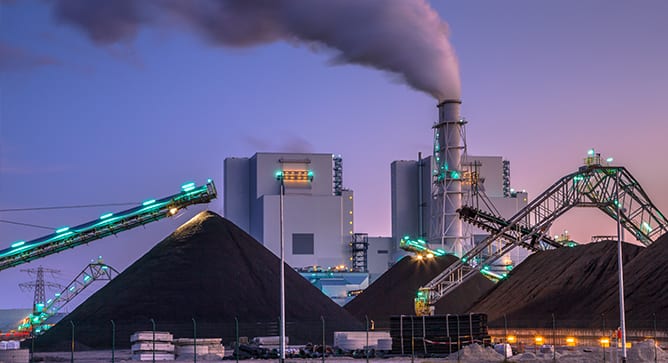
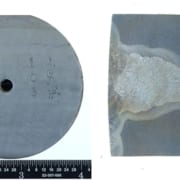
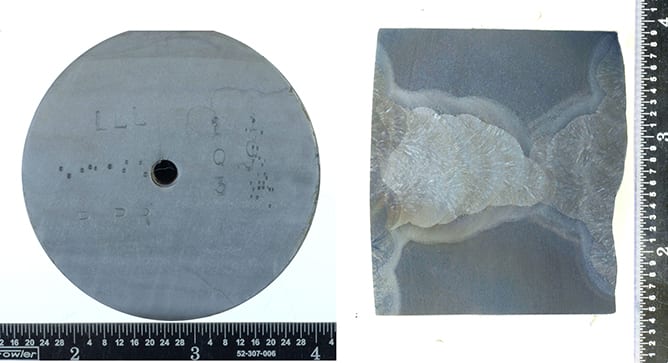 Longitudinal seam-welded hot-reheat steam piping operating in the creep regime is a continuing life-management challenge for many older fossil-fired power plants.
Longitudinal seam-welded hot-reheat steam piping operating in the creep regime is a continuing life-management challenge for many older fossil-fired power plants.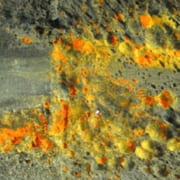
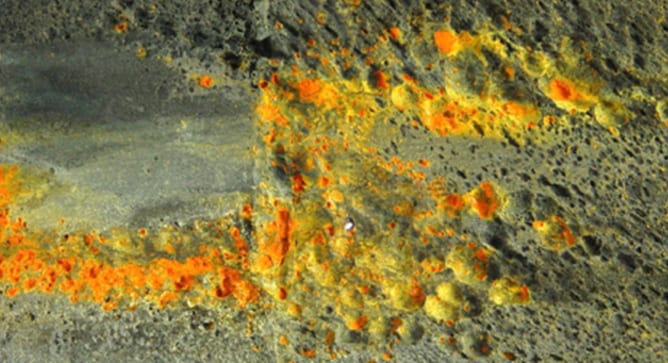 Structural Integrity recently had the opportunity to support a client’s emergent needs when their Standby Service Water (SSW) piping system experienced a pinhole leak just downstream of a valve. Concerned about other locations in the piping system with similar configurations, the site asked SI to assist with the expedited development of assessment and disposition plans for these other components. In response, SI was able to lean on our core competencies in failure analysis, advanced NDE inspection, and flaw evaluation to develop and deploy a comprehensive solution that met our client’s expedited timeline and helped them to mitigate the threat of future unplanned outages. The following sections outline how SI utilized our in-depth knowledge, cutting-edge technology, and world-class engineering to meet our client’s needs.
Structural Integrity recently had the opportunity to support a client’s emergent needs when their Standby Service Water (SSW) piping system experienced a pinhole leak just downstream of a valve. Concerned about other locations in the piping system with similar configurations, the site asked SI to assist with the expedited development of assessment and disposition plans for these other components. In response, SI was able to lean on our core competencies in failure analysis, advanced NDE inspection, and flaw evaluation to develop and deploy a comprehensive solution that met our client’s expedited timeline and helped them to mitigate the threat of future unplanned outages. The following sections outline how SI utilized our in-depth knowledge, cutting-edge technology, and world-class engineering to meet our client’s needs.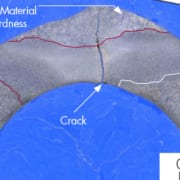
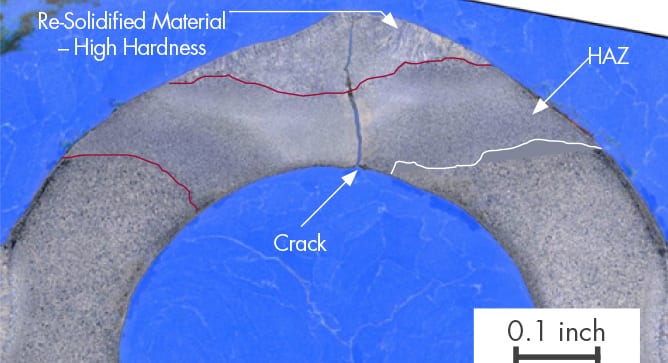 Grade 23 is a creep strength enhanced ferritic (CSEF) steel that was designed to offer similar creep strength to Grade 91 but with lower Cr content and, in the original concept, fabrication without pre- and post-weld heat treatment making the material attractive for the furnace wall tubes of ultra-supercritical coal plants where T12 has insufficient strength and T91 would be too complex to fabricate. Experience gained with T23 has shown that pre-heat is necessary and that post-weld heat treatment should also be performed when the material is employed in “high restraint” applications such as furnace wall tubes. Like other CSEF steels, T23 is very sensitive to heat treatment, and care must be taken to ensure that hard, brittle microstructures do not enter service – particularly in high restraint applications such as furnace wall tubes.
Grade 23 is a creep strength enhanced ferritic (CSEF) steel that was designed to offer similar creep strength to Grade 91 but with lower Cr content and, in the original concept, fabrication without pre- and post-weld heat treatment making the material attractive for the furnace wall tubes of ultra-supercritical coal plants where T12 has insufficient strength and T91 would be too complex to fabricate. Experience gained with T23 has shown that pre-heat is necessary and that post-weld heat treatment should also be performed when the material is employed in “high restraint” applications such as furnace wall tubes. Like other CSEF steels, T23 is very sensitive to heat treatment, and care must be taken to ensure that hard, brittle microstructures do not enter service – particularly in high restraint applications such as furnace wall tubes.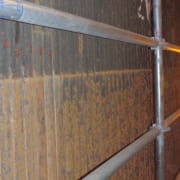
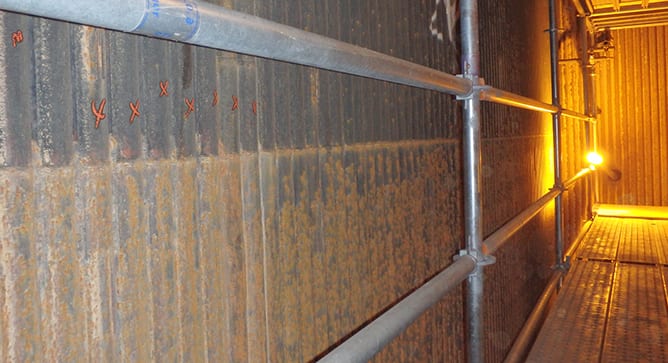 Industry experience shows that waterwall tubing in conventional boilers can be susceptible to fireside corrosion, depending on fuel type, firing practice, etc. In boilers where fireside corrosion has been identified as a maintenance issue, wastage rates of 5 to 25 mils/year are not uncommon. Since the mid 1990s, the installation of low NOx burner systems designed to lower NOx emissions has significantly increased the wastage rates in some boilers. Operators of subcritical boilers have reported wastage rates as high as 30 mils/year, while those operating supercritical boilers have reported rates exceeding 100 mils/year in the worst cases. These higher damage rates have resulted in an increase in tube failures, and operators have struggled to accurately define the extent of the damage and install the appropriate mitigating technologies.
Industry experience shows that waterwall tubing in conventional boilers can be susceptible to fireside corrosion, depending on fuel type, firing practice, etc. In boilers where fireside corrosion has been identified as a maintenance issue, wastage rates of 5 to 25 mils/year are not uncommon. Since the mid 1990s, the installation of low NOx burner systems designed to lower NOx emissions has significantly increased the wastage rates in some boilers. Operators of subcritical boilers have reported wastage rates as high as 30 mils/year, while those operating supercritical boilers have reported rates exceeding 100 mils/year in the worst cases. These higher damage rates have resulted in an increase in tube failures, and operators have struggled to accurately define the extent of the damage and install the appropriate mitigating technologies.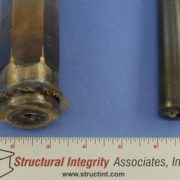
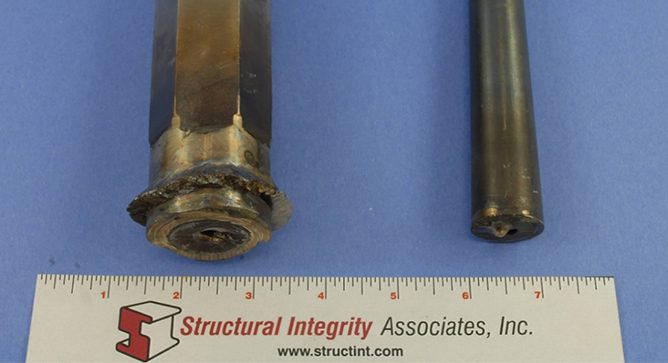 Structural Integrity (SI) was recently asked to examine a fractured thermowell and determine the damage mechanism.
Structural Integrity (SI) was recently asked to examine a fractured thermowell and determine the damage mechanism.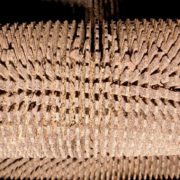
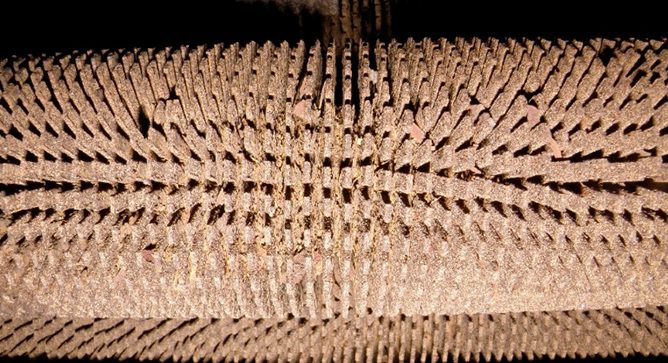 Acid dewpoint corrosion can occur in conventional and HRSG units in locations where temperatures fall below the sulfuric acid dewpoint temperature. This can occur when either the tube metal temperatures are below the acid dewpoint so that condensate forms on the metal surface, or when flue gas temperatures are below the acid dewpoint, so that the condensate will form on fly ash particles.
Acid dewpoint corrosion can occur in conventional and HRSG units in locations where temperatures fall below the sulfuric acid dewpoint temperature. This can occur when either the tube metal temperatures are below the acid dewpoint so that condensate forms on the metal surface, or when flue gas temperatures are below the acid dewpoint, so that the condensate will form on fly ash particles.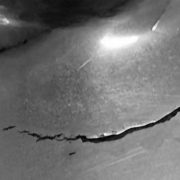
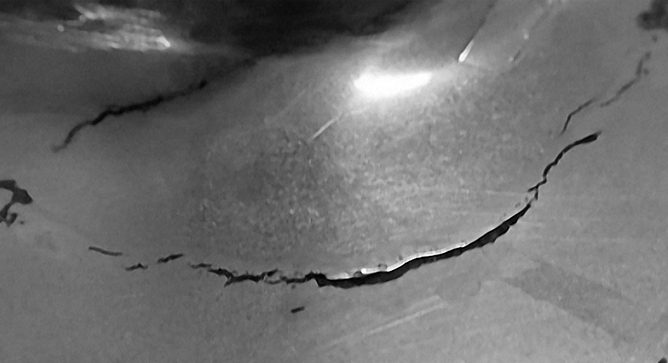 Grade 91 steel is widely used in tubes, headers and piping of superheaters and reheaters because of its higher strength at elevated temperature compared to low alloy steels such as Grade 22.
Grade 91 steel is widely used in tubes, headers and piping of superheaters and reheaters because of its higher strength at elevated temperature compared to low alloy steels such as Grade 22.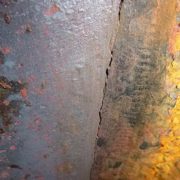
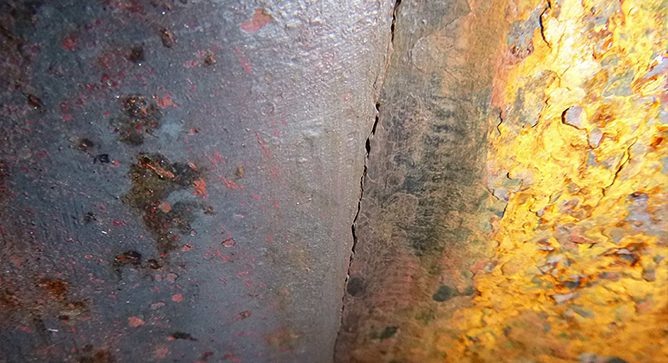 Determining a course of action once in-service damage is discovered often requires applying a multi-disciplinary approach that utilizes Nondestructive Examination (NDE), analytical techniques such as stress analysis, and metallurgical lab examination.
Determining a course of action once in-service damage is discovered often requires applying a multi-disciplinary approach that utilizes Nondestructive Examination (NDE), analytical techniques such as stress analysis, and metallurgical lab examination.